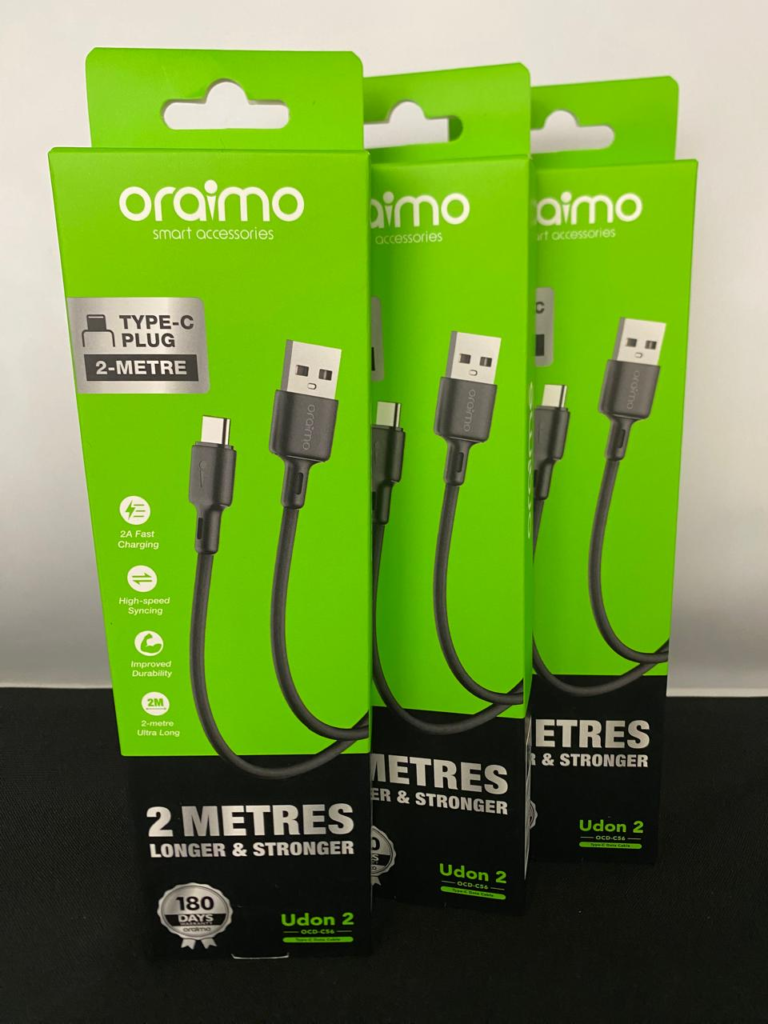
Choosing the right charging cable in 2025 is essential for every smartphone user. Whether you use an Android, iPhone, tablet, or other smart device, the charging cable you pick directly affects your battery life, charging speed, and overall phone performance.
In this updated guide, we’ll break down everything you need to know about the most common cables—USB Type-C, Lightning, and Micro USB—and help you make the best choice for your device.
🔌 Why Charging Cables Matter More Than Ever
In 2025, most phones now support fast charging and data syncing, but these features only work with compatible cables. A poor-quality or mismatched cable can cause:
- ⚠️ Slow charging or overheating
- 🔋 Battery damage over time
- ❌ “Accessory not supported” errors
- 📉 Reduced device performance
That’s why it’s important to understand the differences between each cable type before buying.
🧠 Types of Charging Cables in 2025
Let’s explore the three main types of charging cables and how they’re used today.
1. USB Type-C – The New Standard
Type-C is the most widely used cable in modern smartphones and gadgets.
Features:
- 🔄 Reversible connector
- ⚡ Supports fast charging and Power Delivery (PD)
- 🔁 High-speed data transfer
- 💻 Compatible with phones, tablets, laptops, speakers, and game controllers
Common Devices:
- Android phones (Samsung, Oppo, Xiaomi, Infinix, Tecno)
- Laptops and tablets (Chromebooks, iPad Pro)
- Wireless earbuds and power banks
2. Lightning Cable – Apple’s Exclusive Connector
The Lightning cable is used in many Apple products.
Features:
- Slim, flat design
- Supports fast charging (especially with USB-C to Lightning adapters)
- Works across multiple Apple devices
Common Devices:
- iPhone models up to iPhone 14
- Older iPads
- AirPods and Apple accessories
📝 Note: Newer iPhones (iPhone 15 and above) now use USB-C.
3. Micro USB – Still Used in Smaller Devices
Though slowly fading out, Micro USB is still used in budget or older tech.
Features:
- One-directional plug
- Lower charging speed compared to Type-C
- Used in gadgets like Bluetooth speakers, cameras, and smartwatches
📋 How to Choose the Right Charging Cable
Not all charging cables are created equal. Here’s what to look for when buying one:
✅ Match the Cable to Your Device Port:
- iPhone (iPhone 7–14) → Lightning
- New iPhone 15 and Androids → USB-C
- Older accessories → Micro USB
✅ Look for Fast Charging Support:
- Labels like “PD”, “Quick Charge”, “33W”, or “Fast Charge”
- Use a compatible adapter for maximum speed
✅ Buy Durable, High-Quality Cables:
- Braided cables last longer
- Reinforced plugs prevent wear and tear
- Avoid ultra-cheap, non-certified brands
✅ Choose the Right Length:
- 1m for daily use
- 2m for bedrooms, cars, or offices
- Longer cables may slightly reduce charging speed
🛒 Where to Buy the Best Charging Cables in Kenya
Looking for high-quality, fast-charging cables in Kenya?
Visit Licast Accessories for:
- USB Type-C, Lightning, and Micro USB cables
- Durable, fast-charging, and braided cables
- Support for Quick Charge and Power Delivery (PD)
📍 Rural Urban Building, Shop M1
📞 Call or WhatsApp: 0790008527
Whether you’re charging your smartphone, syncing data, or replacing a worn-out cable—we’ve got what you need.
🔐 Bonus Tips: How to Make Charging Cables Last Longer
To get the most out of your cable:
- Don’t pull it from the cord—hold the plug
- Avoid sharp bends, especially near the ends
- Keep it dry and avoid overexposing to sunlight
- Use cable holders to prevent tangles
📈 Final Thoughts
In 2025, investing in the right charging cable means protecting your device, saving time, and enjoying hassle-free charging. Whether you’re using an iPhone, Android, or tablet, the right cable ensures fast, safe, and efficient performance.
Don’t wait until your battery suffers—choose wisely and upgrade your cable today.
